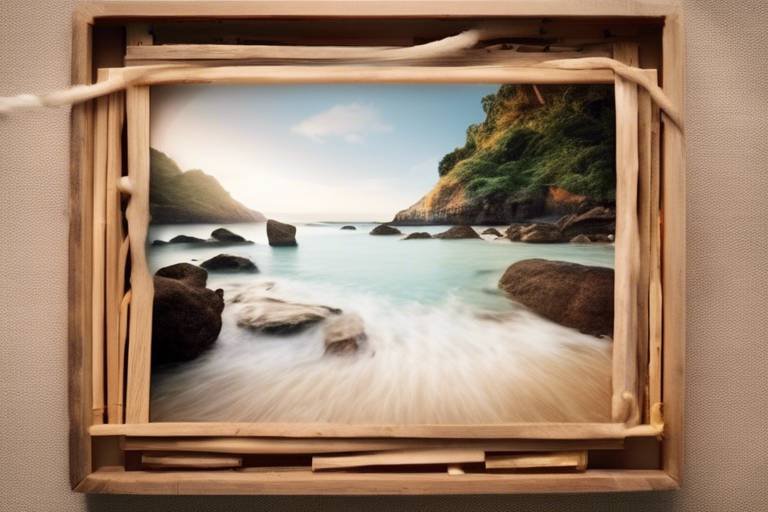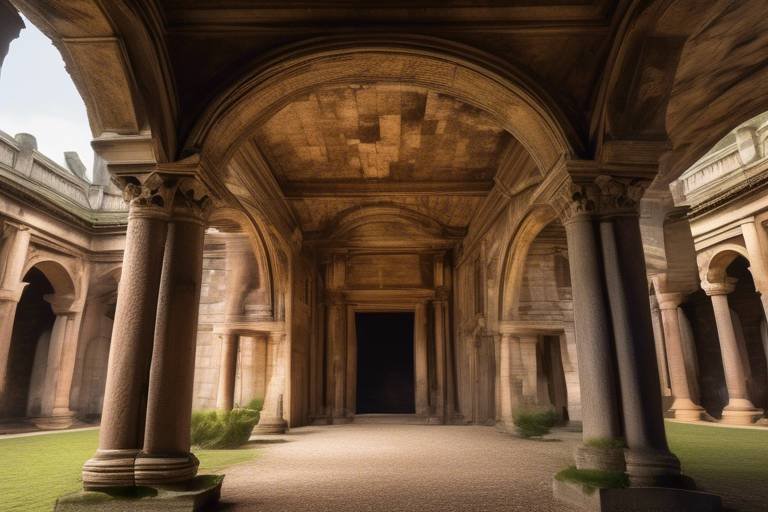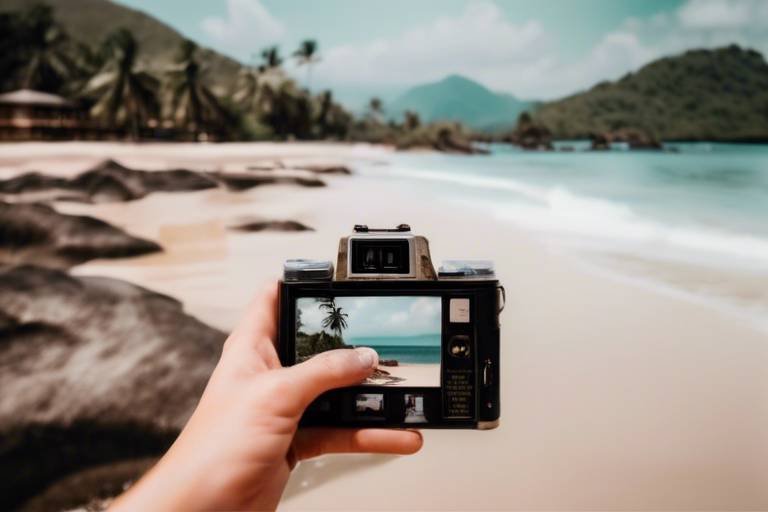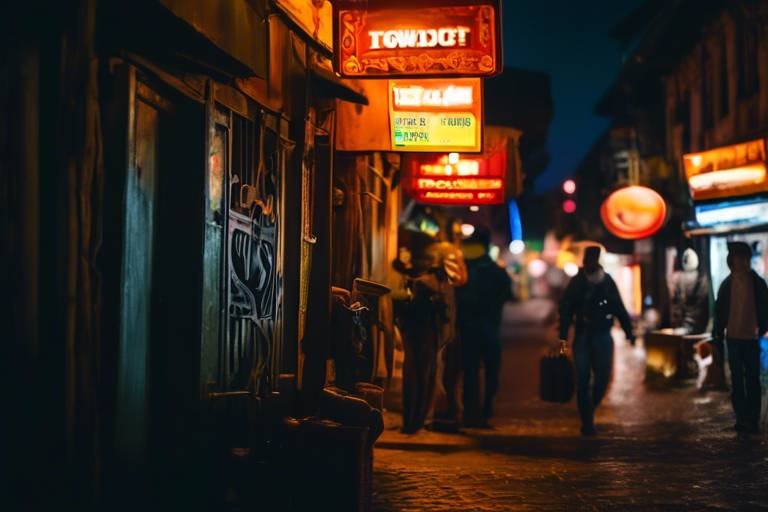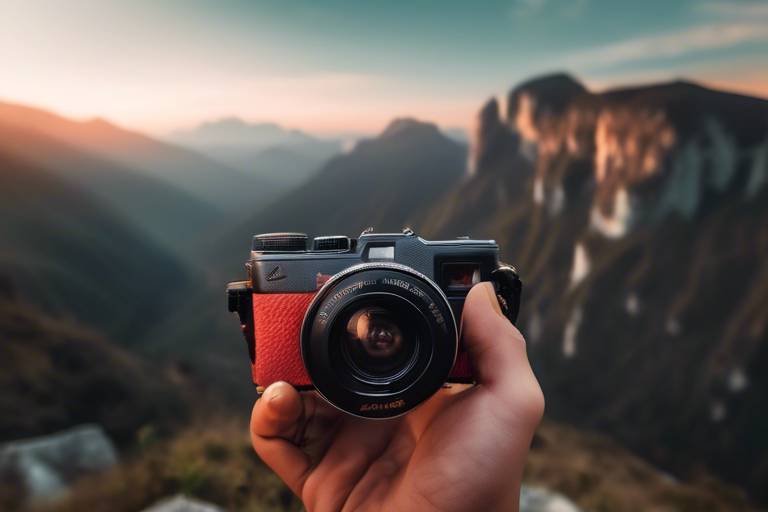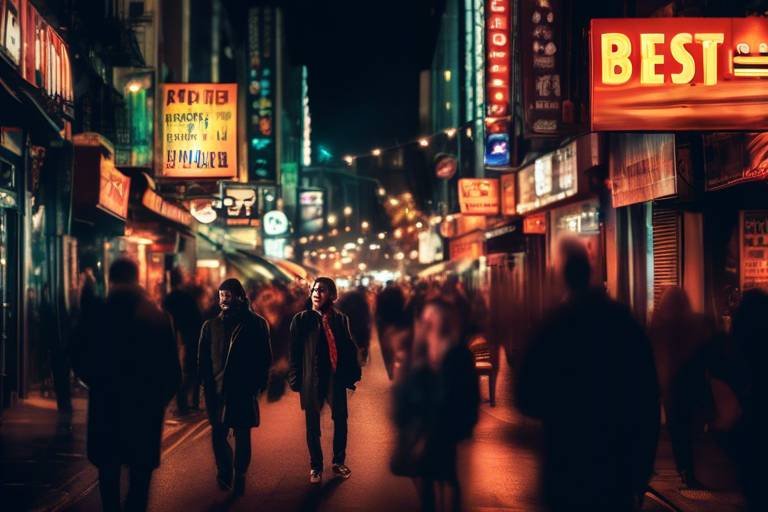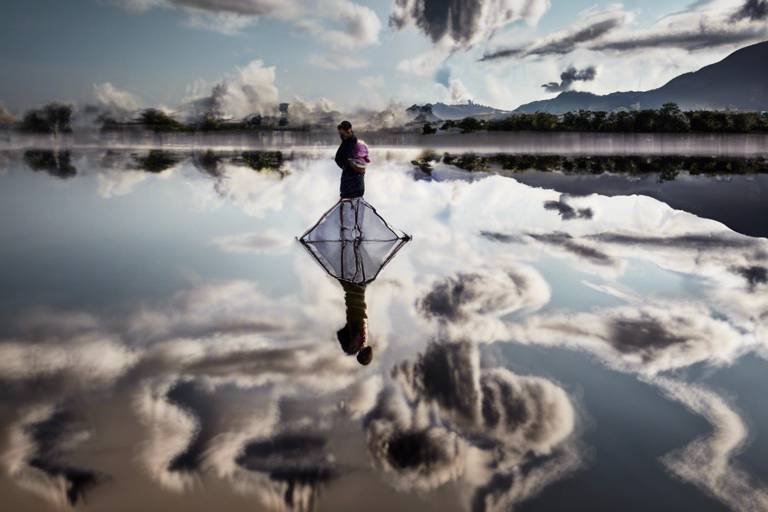How to Use Natural Elements to Frame Your Travel Photos
When it comes to capturing memorable travel moments through photography, framing plays a crucial role in enhancing the overall appeal of your images. By skillfully incorporating natural elements into your composition, you can elevate your travel photos to a whole new level of visual storytelling.
Imagine standing at the edge of a pristine lake, surrounded by towering mountains reflected in the crystal-clear water. The gentle ripples create a mesmerizing pattern that adds depth and dimension to your shot, drawing the viewer into the scene. This is the magic of using natural elements to frame your travel photos.
As you embark on your photography journey, consider how leading lines in nature can guide the viewer's eye through your images. Whether it's a winding river cutting through a lush forest or a row of palm trees leading towards a golden sunset, these natural pathways can create a sense of movement and direction, adding a dynamic element to your compositions.
Furthermore, don't overlook the potential of natural frames that Mother Nature provides. From the intricate patterns of tree branches forming a canopy overhead to the graceful arches of a stone bridge framing a distant landscape, these elements can serve as unique borders that draw attention to the focal point of your photograph.
One of the most captivating techniques in travel photography is capturing reflections in water. The mirror-like surface of lakes, oceans, or even rain puddles can create stunning visual symmetries that add a touch of magic to your images. By experimenting with different angles and light conditions, you can capture reflections that transform ordinary scenes into extraordinary works of art.
When it comes to playing with light and shadows, natural settings offer a wealth of opportunities for creating dramatic effects in your photos. The interplay of sunlight filtering through tree branches or the soft glow of dawn casting long shadows across a sandy beach can add depth and contrast, infusing your images with a sense of mystery and intrigue.
Texture is another essential element to consider when framing your travel photos. The rough surface of weathered rocks, the softness of fallen leaves, or the intricate patterns in sand dunes can all add tactile interest to your compositions, inviting viewers to immerse themselves in the sensory experience of your photographs.
As you venture into landscape photography, mastering the art of balancing elements within your frame is key to creating harmonious compositions. By carefully positioning natural features such as mountains, trees, and bodies of water, you can achieve a sense of equilibrium that draws the viewer's eye across the scene, creating a visual journey that unfolds with each glance.
When capturing wildlife in their natural habitats, framing becomes a powerful tool for conveying the authenticity of the moment. By positioning your subject within the context of its environment, whether it's a majestic lion prowling the savannah or a delicate butterfly perched on a flower, you can tell a compelling story that resonates with viewers on a deeper level.
For those who crave a closer look at the intricate details of the natural world, macro photography offers a fascinating glimpse into a hidden realm of beauty. From the delicate patterns on a butterfly's wings to the intricate structure of a dew-covered spider web, exploring nature up close allows you to discover a world of wonders that often go unnoticed by the naked eye.
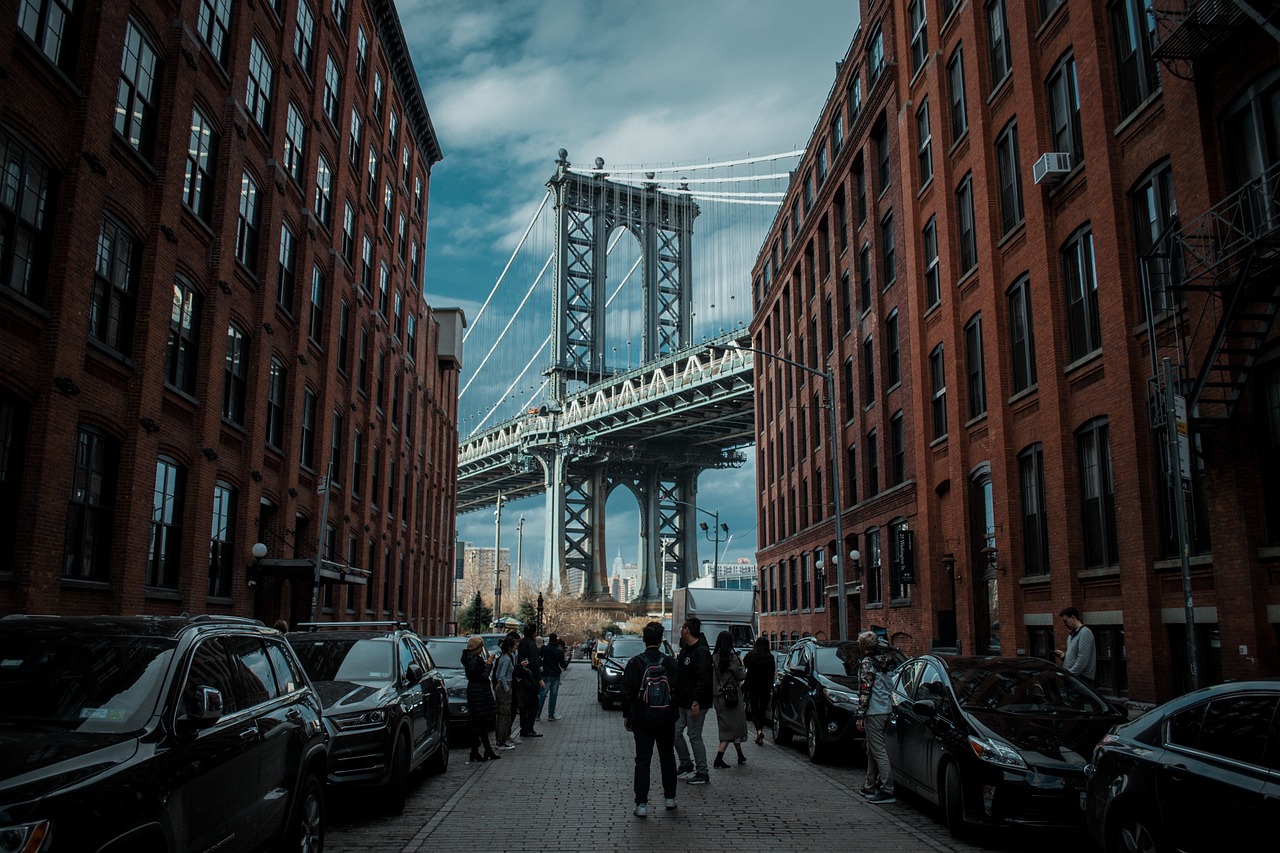
1. Importance of Framing in Photography
When it comes to photography, framing plays a crucial role in creating captivating and visually appealing images. Just like a frame enhances and highlights a piece of art, framing in photography can draw the viewer's attention to the main subject, provide context, and add depth to the composition. By strategically framing your travel photos using natural elements, you can elevate the overall impact of your images and create a sense of immersion for the viewer.
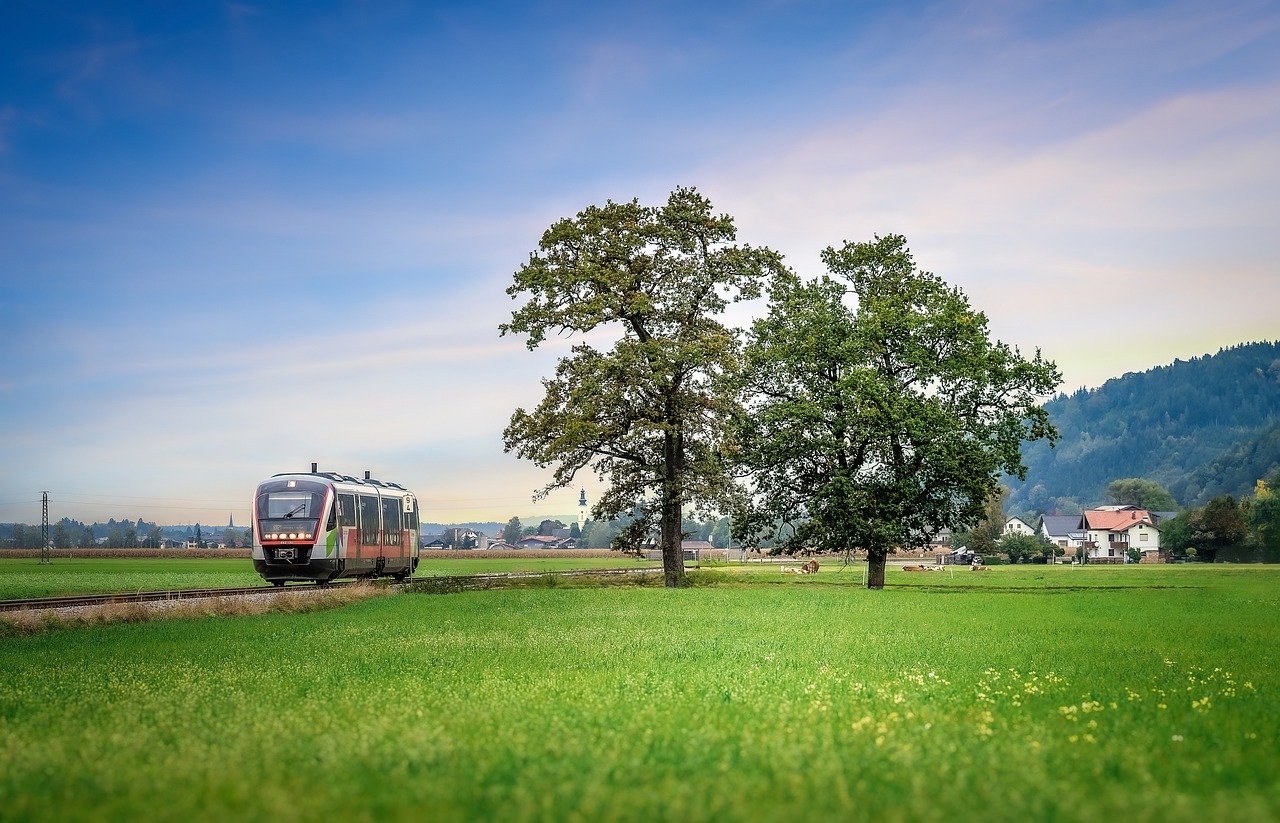
2. Utilizing Leading Lines in Nature
When it comes to capturing captivating travel photos, utilizing leading lines in nature can significantly enhance the visual appeal of your images. Leading lines are elements within a photograph that lead the viewer's eye towards the main subject or focal point, creating a sense of depth and guiding the viewer through the image.
Nature provides a plethora of opportunities to incorporate leading lines into your travel photos. Rivers winding through a landscape, roads stretching into the distance, or tree branches reaching towards the sky can all serve as powerful leading lines that draw the viewer into the scene.
Imagine a photograph of a majestic mountain range where a winding river in the foreground leads the viewer's gaze towards the towering peaks in the background. The river acts as a natural leading line, guiding the viewer's eye through the image and creating a sense of depth and perspective.
By consciously seeking out and utilizing leading lines in nature, you can add visual interest and dynamism to your travel photos, guiding the viewer on a visual journey through the natural beauty of your surroundings.

3. Using Natural Frames
Photography is an art that allows us to freeze moments in time, capturing the beauty of the world around us. One crucial aspect of photography is framing, which can significantly impact the visual appeal of your travel photos. By incorporating natural elements into your composition, you can elevate your images to new heights and create stunning visuals that leave a lasting impression on viewers.
When it comes to framing your travel photos, natural elements can serve as excellent tools to add depth and interest to your compositions. Utilizing natural frames such as windows, arches, or foliage can help draw the viewer's eye into the scene, creating a sense of immersion and intrigue.
Imagine capturing a majestic mountain peak framed by the intricate branches of a tree, or a historic building seen through the arched doorway of a centuries-old structure. These natural frames not only enhance the subject of your photo but also provide context and a unique perspective that sets your images apart.
Incorporating natural frames into your photography requires a keen eye for composition and a willingness to experiment with different angles and perspectives. By creatively using elements in the environment to frame your subjects, you can add a storytelling element to your travel photos, inviting viewers to step into the scene and experience the moment firsthand.
Remember, the key to using natural frames effectively is to blend them seamlessly with your subject, creating a harmonious balance that enhances the overall impact of your images. Whether it's a cascading waterfall framed by overhanging branches or a bustling cityscape seen through the silhouette of a window, natural frames can transform ordinary scenes into extraordinary visual narratives.
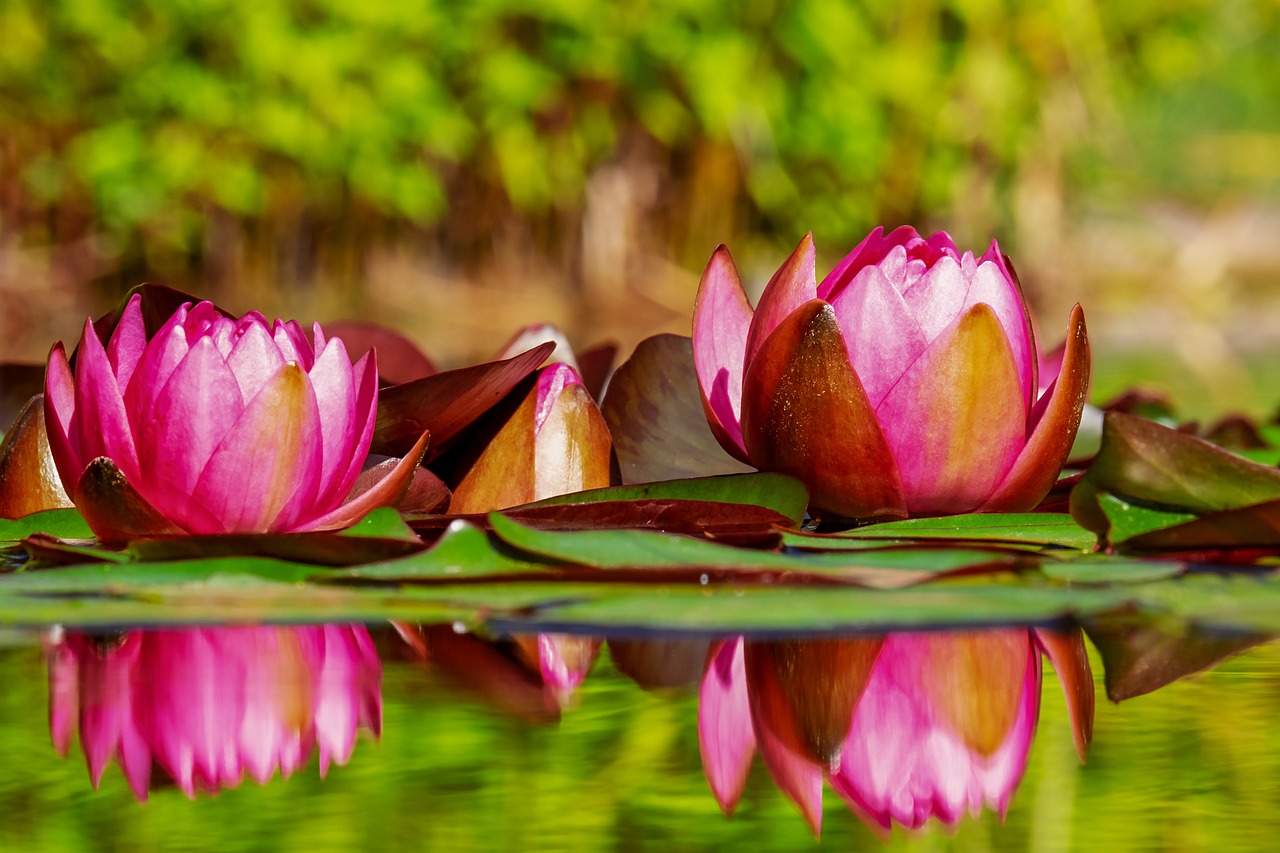
4. Capturing Reflections in Water
When it comes to travel photography, capturing reflections in water can elevate your images to a whole new level of visual splendor. The mirror-like surface of lakes, oceans, or even small puddles can create mesmerizing compositions that add depth and beauty to your photographs. Imagine a serene landscape reflected perfectly in a calm lake, doubling the impact and creating a sense of tranquility that draws the viewer in.
To master the art of capturing reflections in water, it's essential to pay attention to the surrounding elements and the quality of light. The best reflections often occur during the golden hours of sunrise or sunset when the light is soft and warm, enhancing the colors and textures in the water. Position yourself strategically to frame the reflection alongside the actual scene, creating a seamless blend that enhances the overall composition.
Experiment with different angles and perspectives to find the most captivating reflections. Sometimes getting low to the ground or using a polarizing filter can intensify the reflection and eliminate unwanted glare, resulting in a clearer and more defined image. Remember, the key is to balance the reflection with the rest of the elements in the frame to create a harmonious and visually striking photograph.
Additionally, incorporating reflections in water can add a sense of symmetry and balance to your travel photos. By including both the reflected and actual subjects in the frame, you create a sense of continuity and connection that enhances the storytelling aspect of your images. Whether it's capturing a majestic mountain mirrored in a tranquil lake or a vibrant cityscape reflected in a river, reflections in water can add a touch of magic to your travel photography.
Now, I will add the Frequently Asked Questions section to the end of the article.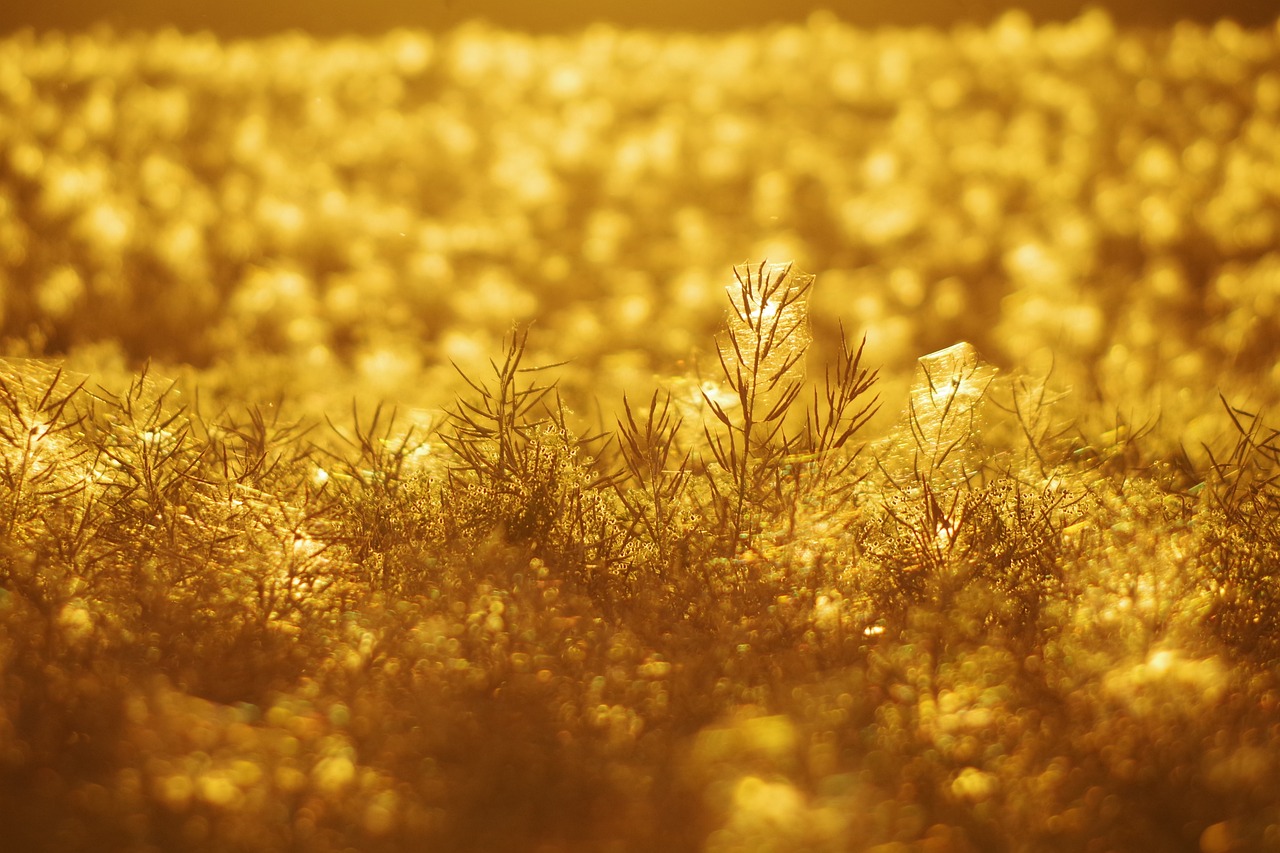
5. Incorporating Shadows and Light
When it comes to capturing mesmerizing travel photos, the interplay of shadows and light in natural settings can truly elevate your compositions to the next level. Imagine the sun casting long shadows through a dense forest, creating a dramatic and mysterious atmosphere that draws the viewer in. By strategically incorporating shadows and light, you can add depth, contrast, and visual interest to your travel images, making them stand out from the ordinary snapshots.
Picture a tranquil beach at sunset, where the warm golden light bathes the sand in a soft glow while casting long shadows of palm trees on the shore. This magical moment can be the perfect opportunity to capture a silhouette against the vibrant hues of the sky, creating a striking contrast between light and dark that evokes a sense of tranquility and serenity.
Moreover, playing with shadows can also help you highlight specific elements in your frame, drawing the viewer's attention to the focal point of your composition. Whether it's the silhouette of a lone traveler against a sunset backdrop or the intricate play of light and shadow on ancient ruins, incorporating shadows creatively can add a dynamic element to your travel photos.
Additionally, don't underestimate the power of dappled light filtering through a canopy of leaves in a lush forest or the soft shadows cast by a row of colorful houses in a quaint village. These subtle nuances of light and shadow can create a sense of depth and dimension in your images, making them more visually engaging and captivating.
By understanding how shadows and light interact in natural environments, you can harness their potential to craft compelling travel photos that tell a story, evoke emotions, and leave a lasting impression on the viewer. So, next time you're out exploring new destinations, keep an eye out for interesting light patterns and shadows that can add a touch of magic to your photography.

6. Enhancing Composition with Natural Textures
When it comes to capturing captivating travel photos, incorporating natural textures can significantly enhance the composition of your images. Imagine the rough edges of weathered rocks adding depth to a landscape shot or the delicate softness of flower petals bringing a sense of intimacy to a close-up image. These natural elements not only provide visual interest but also evoke tactile sensations, making your photos come alive.
One effective way to utilize natural textures is by juxtaposing different elements within your frame. For instance, placing the smooth surface of a lake against the rugged texture of mountains can create a striking contrast that draws the viewer's eye. Additionally, playing with textures can help you convey a sense of the environment's character, whether it's the gritty feel of desert sand or the lushness of a forest floor.
Consider the play of light on various textures as well. The way sunlight interacts with different surfaces can create intricate patterns and shadows that add dimension to your photographs. Experiment with shooting during different times of the day to observe how changing light conditions affect the textures in your scenes, offering you a myriad of creative opportunities.
Furthermore, incorporating natural textures can also help evoke emotions in your viewers. Think about how the velvety smoothness of flower petals can evoke a sense of tranquility or how the jagged edges of a rocky cliff can convey strength and resilience. By consciously selecting and highlighting textures in your travel photos, you can craft narratives that resonate with your audience on a deeper level.
Remember, the key to effectively using natural textures in photography is to observe the world around you with a keen eye. Take the time to appreciate the intricate details of nature, from the intricate patterns on a butterfly's wing to the rough bark of an ancient tree. By incorporating these textures thoughtfully into your compositions, you can elevate your travel photos from mere snapshots to compelling visual stories.

7. Balancing Elements in Landscape Photography
Balancing elements in landscape photography is crucial to creating visually appealing and harmonious compositions that captivate viewers. When capturing vast natural scenes, it's essential to consider the placement of various elements within the frame to achieve balance and cohesion.
One effective technique for balancing elements in landscape photography is the rule of thirds. By dividing your frame into a grid of nine equal sections, both horizontally and vertically, you can strategically position key elements along these intersecting lines or their junction points to create a well-balanced composition.
Moreover, incorporating foreground interest can help establish a sense of depth in your landscape photos. By including elements like rocks, flowers, or trees in the foreground, you not only add visual interest but also provide a point of reference for the viewer, leading their eyes into the scene.
Consider the natural lines and shapes present in the landscape as well. Leading lines, such as a winding river or a row of trees, can guide the viewer's gaze through the image, creating a sense of movement and flow. By aligning these lines with the overall composition, you can enhance the visual impact of your photograph.
Another aspect to keep in mind when balancing elements in landscape photography is the distribution of visual weight. Larger or more prominent elements in the scene may carry more visual weight and can be balanced by smaller, complementary elements to create a harmonious overall image.
Experimenting with different perspectives and angles can also help achieve balance in your landscape compositions. By exploring various vantage points, you can discover unique ways to frame the scene and distribute elements within the frame effectively.
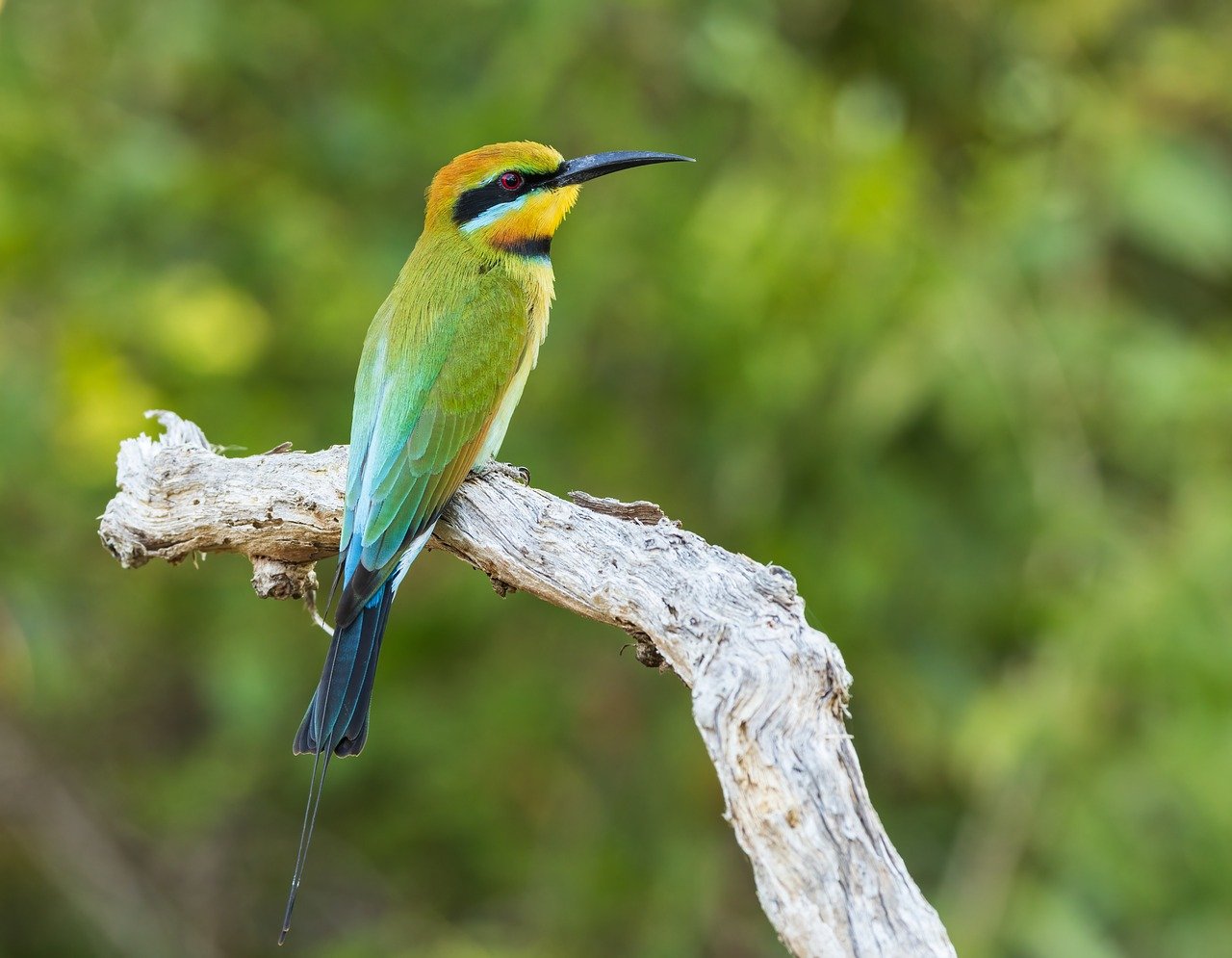
8. Framing Wildlife in Natural Surroundings
Framing wildlife in natural surroundings is a captivating aspect of travel photography that allows you to showcase the beauty and authenticity of wildlife in their habitats. When capturing wildlife in their natural environments, it's essential to consider the surroundings as part of the composition, enhancing the narrative and providing context to the viewer.
One effective way to frame wildlife in natural surroundings is by utilizing natural elements such as trees, bushes, or rocks to create a frame within the frame. This technique not only draws the viewer's attention to the subject but also adds a sense of depth and dimension to the image, making the wildlife appear as an integral part of the environment.
Moreover, incorporating leading lines from natural elements like branches or foliage can guide the viewer's eye towards the wildlife subject, creating a visual pathway that enhances the overall composition. By strategically positioning these leading lines, you can create a sense of movement and direction within the frame, adding dynamism to the image.
When framing wildlife in natural surroundings, it's crucial to maintain a respectful distance and observe the animals in their habitat without causing disturbance. This approach not only ensures the safety of both the photographer and the wildlife but also allows for authentic and unobtrusive captures that truly reflect the natural behavior of the animals.
Additionally, experimenting with different angles and perspectives can offer unique framing opportunities, allowing you to capture wildlife in a way that highlights their beauty and grace within the natural landscape. Whether it's a close-up portrait or a wide-angle shot showcasing the animal in its habitat, exploring diverse framing techniques can result in compelling and visually striking wildlife photographs.
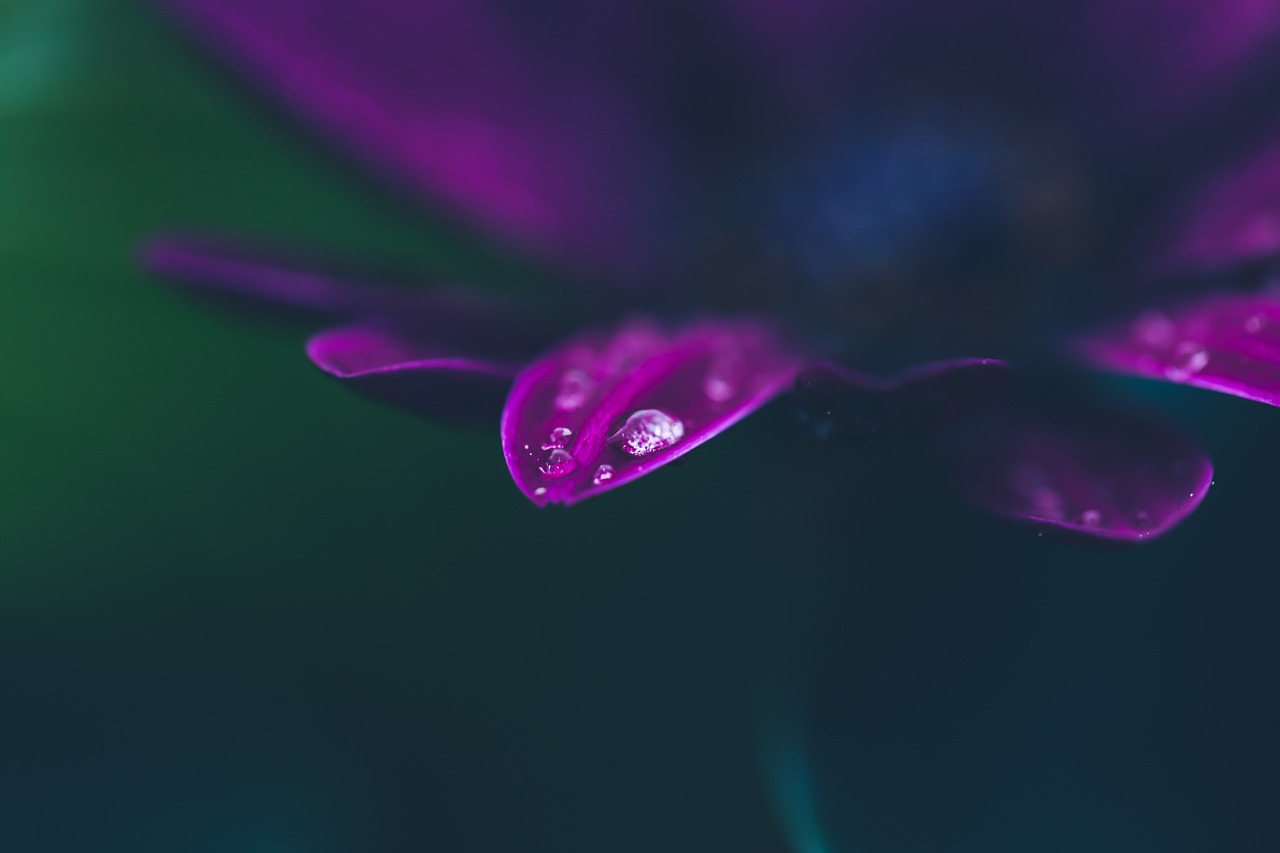
9. Experimenting with Macro Photography in Nature
When it comes to capturing the intricate details and unique perspectives of nature, macro photography offers a fascinating journey into the world of the minuscule. By delving into the realm of macro photography, you can uncover a hidden universe of textures, patterns, and colors that often go unnoticed by the naked eye. It's like discovering a secret garden within the vast landscape of nature, where even the tiniest creatures and elements become the stars of your visual narrative.
Macro photography allows you to magnify the beauty of small subjects, whether it's the delicate veins of a leaf, the intricate patterns on an insect's wings, or the tiny droplets of dew resting on a flower petal. With a macro lens as your tool, you can explore a world where the ordinary transforms into the extraordinary, revealing a level of detail that adds depth and dimension to your travel photos.
One of the key aspects of macro photography in nature is the ability to isolate your subject against a soft, blurred background. This technique, known as bokeh, creates a dreamy and ethereal effect that draws the viewer's attention directly to the main focal point of your image. By experimenting with different apertures and focusing techniques, you can achieve stunning visual effects that elevate your macro shots to a whole new level of artistry.
Furthermore, macro photography invites you to slow down and observe the intricate beauty of the natural world. It encourages you to appreciate the smallest details and marvel at the complexity and diversity of life that surrounds us. In a world where we often rush past the wonders of nature, macro photography serves as a gentle reminder to pause, observe, and cherish the subtle moments that make up the tapestry of our planet.
Whether you're capturing the delicate symmetry of a butterfly's wings, the intricate patterns of a spider's web, or the vibrant hues of a tiny flower, macro photography allows you to become a storyteller of the small. It's a journey of exploration and discovery, where each click of the shutter unveils a new chapter in the visual narrative of nature, inviting viewers to see the world through a different lens.
Frequently Asked Questions
- What are natural elements in photography?
Natural elements in photography refer to elements present in the environment that can be used to enhance the composition of a photograph. These can include trees, water bodies, rocks, foliage, and other elements found in nature.
- How can framing with natural elements improve travel photos?
Framing with natural elements can add depth, context, and visual interest to travel photos. By using elements like arches, windows, leading lines, and textures, photographers can create compelling compositions that draw the viewer's eye into the image.
- Why is it important to balance elements in landscape photography?
Balance in landscape photography helps create a harmonious composition where different elements work together to create a visually pleasing image. By strategically positioning natural elements within the frame, photographers can achieve a sense of equilibrium and unity in their photos.
- How can reflections in water enhance travel photography?
Reflections in water can add a sense of symmetry, depth, and beauty to travel photos. Capturing reflections of landscapes, skies, or subjects in water bodies like lakes or oceans can create stunning and ethereal compositions that evoke a sense of tranquility and wonder.
- What role do shadows and light play in natural photography?
Shadows and light are essential elements in photography that can be used to create mood, depth, and drama in images. By understanding how light interacts with natural settings and using shadows to add contrast and interest, photographers can elevate the visual impact of their travel photos.

